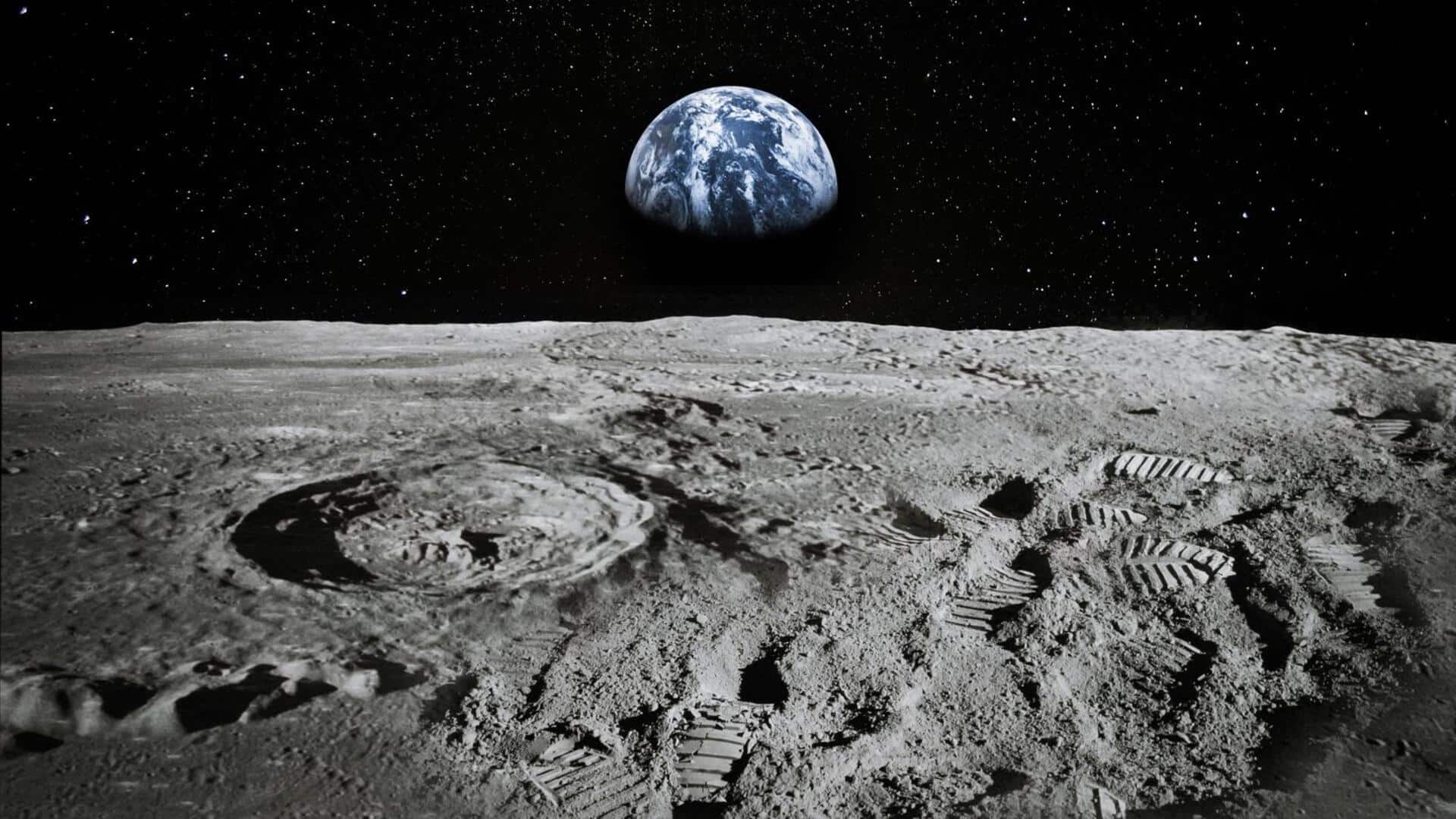
IITians decode Moon's surface chemistry using ISRO's Chandrayaan-2 data
What's the story
Students from IIT Bombay have successfully mapped the chemical composition of the Moon's surface, using data collected by ISRO's Chandrayaan-2 mission. The achievement was part of a challenge set by ISRO's U R Rao Satellite Centre (URSC) during the Inter-IIT Tech Meet. The team used advanced astrophysics and data analysis techniques to extract meaningful information from complex X-ray spectra.
Mission details
Understanding Moon's X-ray fluorescence and class
The Moon, which has no atmosphere to shield it, is constantly bombarded by intense X-ray radiation from the Sun. When these rays hit the lunar surface, elements there emit their own distinct light, like a natural form of X-ray fluorescence. This phenomenon helps scientists determine the Moon's composition. Chandrayaan-2's Large Area Soft X-ray Spectrometer (CLASS) leverages this effect to scan and map almost the entire lunar surface from 100km above.
Recognition
'Once-in-a-lifetime experience...'
The rich dataset collected by CLASS is available on ISRO's Pradan portal, but its scientific value has largely remained unexplored until now. "It was simultaneously exhilarating and humbling to be working with data from ISRO's flagship Chandrayaan mission," said Ravi Kumar, the lead student from the winning team at IIT Bombay. "Every step felt like we were contributing to something monumental, a once-in-a-lifetime experience that connected us directly to India's space exploration legacy."
Research impact
Faculty members' take on students' achievement
Prof Varun Bhalerao, the faculty member who guided the post-competition research, said, "Our students applied advanced astrophysics and data analysis techniques to extract meaningful surface chemistry information from complex X-ray spectra." He added that their dedication to transforming competition results into publishable research exemplifies the best of scientific inquiry. Prof Shireesh Kedare, Director of IIT Bombay, also praised his students for consistently rising to meet even the most challenging scientific problems when given an opportunity.
Talent showcase
Prof Milind Atrey on how students' work will help India
IIT Bombay Deputy Director Prof Milind Atrey said, "As we celebrate the second National Space Day, this achievement perfectly showcases how India's young talent will drive our nation's space program to new heights through innovation and excellence." The students' work not only highlights their dedication but also demonstrates the potential of India's youth in contributing to space exploration and scientific research.